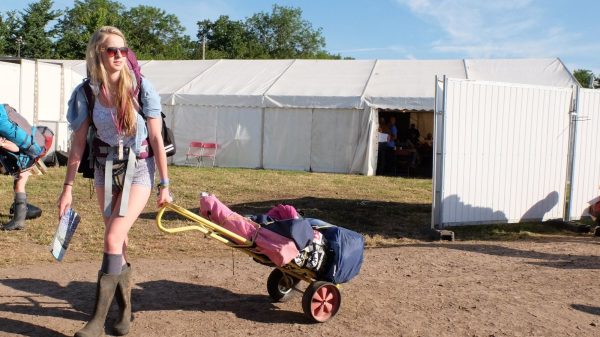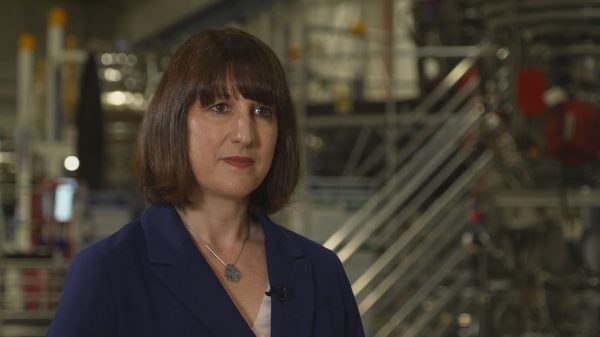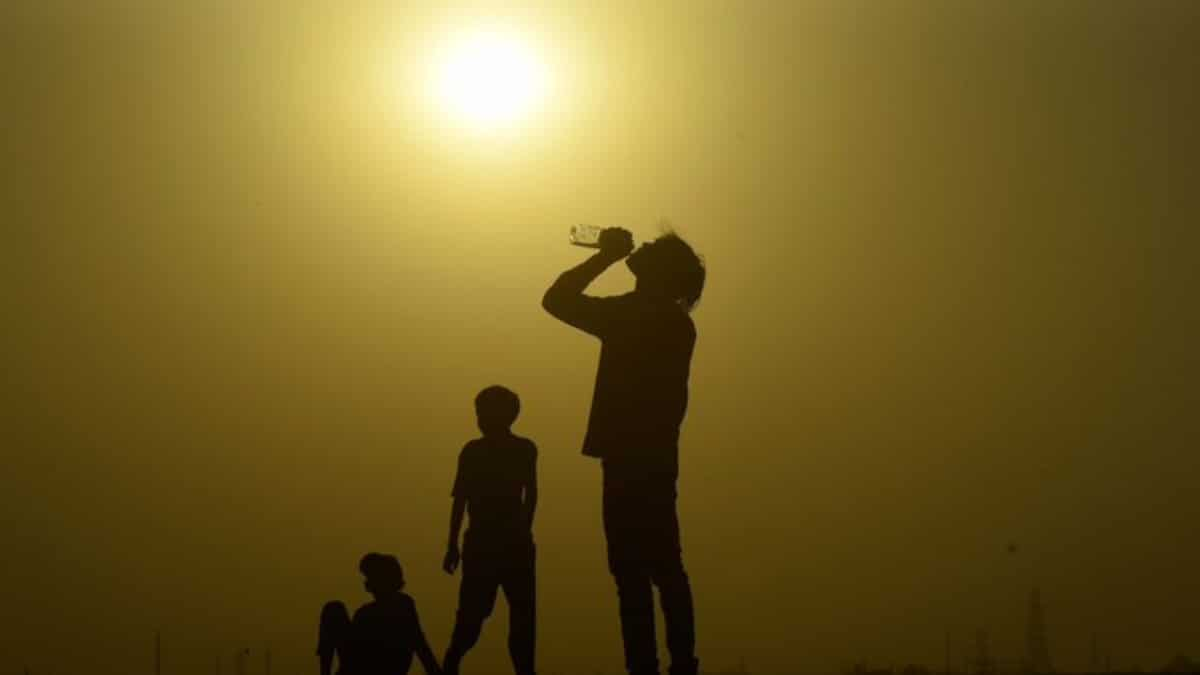Human-Induced Heatwave in Mali and Burkina Faso
From April 1 to April 5, the West African countries of Mali and Burkina Faso experienced a deadly heatwave, with temperatures exceeding 45 degrees Celsius. This extreme weather event was directly linked to human-induced climate change.
Research Findings by World Weather Attribution (WWA)
According to the World Weather Attribution (WWA), the heatwave that swept over Africa’s Sahel area in early April and resulted in multiple fatalities was a direct consequence of “human-induced” climate change. The researchers found that the magnitude of the heatwave observed in March and April 2024 would have been impossible without the global warming of 1.2°C to date.
Impact on the Region
The study highlighted that even minimum temperatures remained high, depriving people of relief from the scorching heat. While high temperatures are common in the Sahel during this period, the April heatwave would have been significantly cooler if not for human activities that have warmed the planet through the burning of fossil fuels.
Frequency of Extreme Heat Events
Although the five-day heatwave was described as a once-in-a-200-year event, the researchers warned that such extreme events are likely to become more frequent with future warming. The prolonged and intense heat led to a surge in hospital admissions and casualties in Mali and Burkina Faso.
Challenges and Consequences
The lack of comprehensive data in the affected countries made it difficult to determine the exact number of deaths resulting from the heatwave. The WWA estimated that there were likely hundreds, if not thousands, of additional heat-related casualties. The Sahel region has been grappling with drought since the 1970s, along with periods of heavy rainfall since the 1990s.
















































